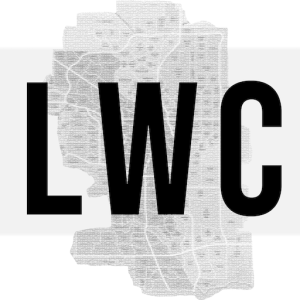CBBarnett
Senior Member
This exactly - treat pathways as transportation infrastructure that requires capacity and demand to be considered in the design.Straight up doubling pathway widths would be a good start (where there is space), and still peanuts compared to road investment.
Riverwalk is a perfect example, no way should they have just put in a standard width bike pathway there. They had to know it was going to end up being a busy corridor, widen it up. And missed opportunity to do just that with the flood wall work, everything going back in right now like before.
Riverwalk was designed as a amenity and park first, transportation network second. Now 10 years later it's being redone - as a flood barrier opportunity first, park second, transportation third. The result is the narrow cycling lane is increasingly congested, inefficient and not appropriate for the demand that has grown.
It's a good problem - we designed a place so popular it's overwhelmed and doesn't function as smoothly as it could as part of the transportation system (which it definitely is part of). Peace Bridge has the same good problem.
I have said this before in this and other threads, but the exact same mechanisms that made much of the city a car-oriented mess from 1960-2010 would do wonders to make us bicycle and pedestrian-oriented friendly - only apply it to pathways and sidewalks, instead of roads.
- standard (wider) sidewalk/pathway lane widths - if your sidewalk or pathway doesn't meet that standard it's a new project to widen it to that standard.
- automatically create projects to widening pathways and sidewalks where demand threshold is surpassed.
- Standard/predictable level of quality - standard quality lighting, benches and washrooms at fixed intervals, separating modes where appropriate etc.
- Plan the pathway and sidewalk network holistically with speed, directness and quality prioritized.
- Prioritize sidewalks and pathways expansion over existing roads when conflicts for space emerge.
- Require transit to have secured bicycle storage and parking at stations rather than requiring park-and-rides.
Good news there's lots of pathway capacity programs being thought about, but too often it's wrapped up "park upgrades" where the pathway is really just a a nice amenity, not a transportation backbone of tens of thousands of commuters a day. Hopefully that will change.
Last edited:








